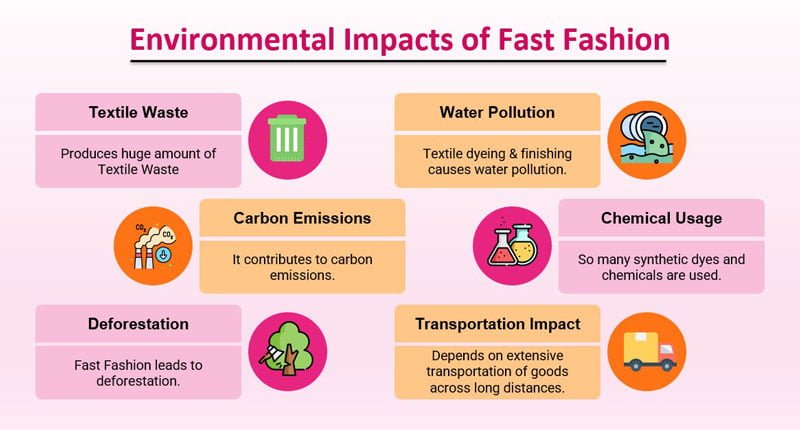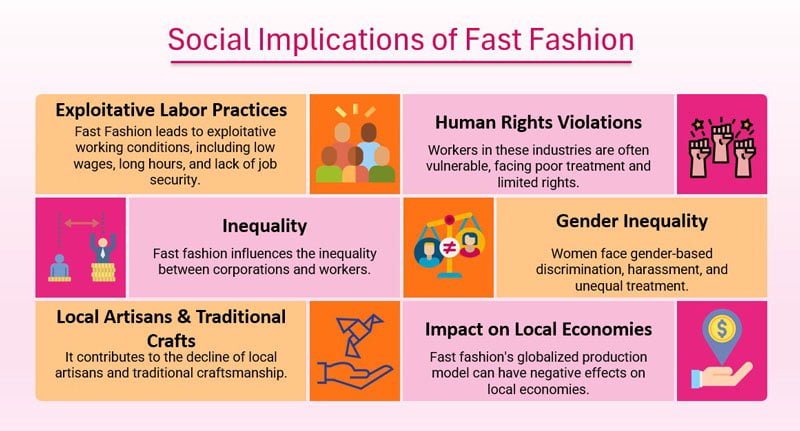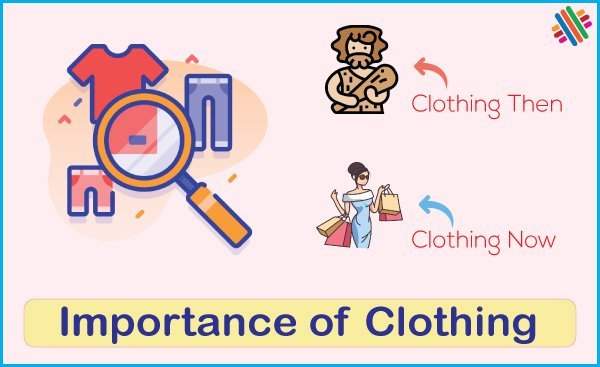Fast Fashion: Clear Definition, Meaning, and Its Impact on Society & Environment
Last updated on July 14th, 2025 at 12:40 am
Fast fashion refers to the rapid production of trendy, low-cost clothing that mimics high-fashion styles. This model prioritizes speed and affordability, often at the cost of ethical labor and environmental sustainability. It encourages mass consumption and short garment lifecycles.

What is Fast Fashion in Simple Terms?
Fast fashion is a business model that produces low-cost clothing collections based on the latest fashion trends. These collections are brought to market quickly, allowing consumers to buy trendy items at affordable prices.
Traditional fashion followed two or four seasonal collections each year. In contrast, fast fashion brands release new styles every week. This constant refreshment encourages frequent shopping and wardrobe turnover.
Leading fast fashion brands include Zara, H&M, Shein, Primark, Uniqlo, and Forever 21. They rely on fast supply chains, inexpensive labor, and streamlined production processes to reduce costs and delivery times.
Why Is Fast Fashion So Popular?
- Affordable and stylish clothing
- Rapid response to current trends
- Easy availability online and in stores
- Influencer and social media-driven demand
Environmental Impacts of Fast Fashion
📊 Fast Fashion by the Numbers
- 92 million tons of textile waste per year
- 20% of global wastewater comes from textile dyeing
- 2700 liters of water = 1 cotton shirt
(Source: UNEP, Ellen MacArthur Foundation)

1. Textile Waste
Millions of garments are discarded each year as styles change. Many are made of synthetic fibers that take decades to decompose.
2. Water Pollution
Textile dyeing uses large amounts of water, often discharged into rivers untreated. This harms aquatic life and pollutes communities.
3. Chemical Use
Dyes and finishing chemicals used in fast fashion are toxic and contribute to soil and water contamination.
4. Carbon Emissions
Transportation of materials and finished goods, plus energy-intensive production, contributes to greenhouse gas emissions.
5. Deforestation
Wood-based fibers like viscose come from forests, and excessive packaging increases demand for paper and cardboard.
Social Implications of Fast Fashion
Besides environmental problems, fast fashion also creates social problems. Here are some key implications:

1. Exploitative Labor
To keep prices low, brands often source from countries with low wages. Workers face poor conditions, long hours, and job insecurity.
2. Human Rights Concerns
Some factories employ child labor or fail to ensure basic worker rights. Oversight and accountability are limited.
3. Income Inequality
Fast fashion widens the gap between rich investors and underpaid garment workers, many of whom are women.
4. Decline of Traditional Craftsmanship
Fast fashion prioritizes speed and cost, sidelining local artisans and traditional textile techniques.
How Can Consumers Make a Difference?
- Educate Yourself: Learn about the impact of your clothing choices.
- Buy Less, Choose Well: Invest in quality over quantity.
- Opt for Secondhand: Thrift and vintage stores are great alternatives.
- Support Ethical Brands: Choose labels that practice fair labor and sustainability.
- Recycle and Donate: Extend the life of your clothing by reselling, donating, or repurposing.
Fast fashion has changed how we dress, but it comes with hidden costs. Environmental damage, labor exploitation, and loss of tradition are all consequences of our shopping habits. By making mindful choices, we can support a more ethical and sustainable fashion future.
What’s your take—do you think fast fashion can ever be sustainable?
Then invite users to comment and share.
Frequently Asked Questions (FAQs)
Let’s address some frequently asked questions according to this topic:
What is the difference between fast fashion and slow fashion?
Slow fashion focuses on quality, sustainability, and ethical production, while fast fashion emphasizes speed and low costs.
How can an individual reduce their contribution to fast fashion?
Buy fewer, better-made clothes, support sustainable brands, and avoid impulse shopping.
Are brands like Zara and H&M fast fashion?
Yes, they are key players in the fast fashion industry, known for quickly producing trendy and affordable items.
What are some sustainable alternatives?
Brands like Patagonia, Eileen Fisher, and People Tree focus on ethical practices and sustainable materials.




This article sheds light on the multifaceted nature of fast fashion, exploring its economic, environmental, and social dimensions. By dissecting the concept, the article provides valuable insights into the challenges posed by the fast fashion industry and suggests actionable steps for individuals to contribute towards positive change. It serves as a compelling call to action, encouraging readers to educate themselves, make mindful choices, and support sustainable alternatives in the fashion landscape.